
Participate: Earth Day Activities
In 1970, a senator named Gaylord Nelson from Wisconsin began Earth Day to teach people about nature problems. In 2018, over 1 billion people all around the world joined in Earth Day events, making it the “biggest event for everyone” according to the Earth Day Network.

Gaylord Nelson, a senator from Wisconsin, started Earth Day in the 1970s to make people aware of pollution in the United States. But the idea caught on quickly, and now Earth Day is celebrated all around the world. In 2024, Earth Day will falls on April 22, but you can find activities, classes, and chances to volunteer throughout the entire month.
This year’s campaign is all about “Protect Our Species.” This means focusing on animals that are endangered and finding ways to keep their homes safe and restore them. It’s a special time to care for our planet and the creatures that call it home.
Curious about how you can help the Earth? Begin by exploring these helpful resources.
Check out these reads:
“Endangered” by Tim Flach – A collection of photographs showcasing endangered animals from across the globe.
“Endangered” by Tim Flach is a compelling photography collection that focuses on endangered animals across the globe. Renowned photographer Tim Flach captures the essence of these at-risk species through his lens, showcasing their beauty and vulnerability.
Each photograph serves as a visual reminder of the urgent need for conservation efforts to protect these creatures and their habitats. Flach’s work not only highlights the magnificence of these animals but also calls attention to the pressing issue of species endangerment.
Through captivating imagery, “Endangered” aims to inspire viewers to take action and engage in conservation initiatives. Flach’s ability to capture the intricate details and emotions of each animal prompts a deep connection between the audience and these endangered species.
The collection serves as a powerful reminder that the responsibility to preserve and protect our planet’s biodiversity lies with each individual. As the book encourages a greater understanding of the delicate balance between humans and nature, it underscores the importance of united efforts to ensure a sustainable future for all living beings.
“Endangered” serves as an artistic call to arms, emphasizing the urgency of addressing the critical challenges faced by these animals. By raising awareness and fostering empathy, the book encourages a sense of responsibility towards the environment and the creatures that inhabit it.
Tim Flach’s photographs inspire a renewed commitment to conservation, offering a visual testament to the beauty and fragility of our planet’s most endangered species.
Let me tell you about this mind-blowing book series called “Conversations with God” by Neale Donald Walsch. It’s like having a heart-to-heart chat with the universe and getting answers to life’s biggest questions. This series has touched my soul and opened my mind to a whole new level of understanding.
From the moment I dived into these books, I felt like I was embarking on an epic adventure. Walsch’s friendly and down-to-earth style made me feel like I was talking to a wise and loving friend who’s got all the inside scoop on life’s mysteries.
“Conversations with God” is a series of books where Walsch shares his personal journey of having these profound conversations with a higher power. It’s like a peek behind the curtain of the universe, where you discover the deeper meaning and purpose behind everything.
What struck me right in the feels was the simplicity and clarity of the messages in these books. Walsch breaks down complex spiritual concepts into bite-sized nuggets that anyone can understand. It’s like a lightbulb goes off in your head, and you go, “Oh, that makes so much sense!”
But it’s not just about head knowledge; these books go straight to the heart. Walsch touches on universal themes like love, purpose, and our connection to one another. Reading these pages, I felt a profound sense of peace and a deep knowing that we’re all part of something greater.
What’s truly amazing is that “Conversations with God” encourages us to question and challenge our beliefs. Walsch invites us to explore our own spirituality, beyond what society or traditions dictate. It’s like giving ourselves permission to embark on a personal journey of self-discovery and authentic connection with the divine.
But here’s the best part: this series is not about preaching or telling you what to believe. It’s about opening up a space for your own inner exploration and finding your own truth. It’s like a gentle nudge to trust your own inner wisdom and intuition.
Okay, here’s the deal: “Conversations with God” is not just a regular spiritual book series. It’s a soul-stirring, life-altering experience that will expand your mind and touch your heart. It’s like having a direct line to the universe, where you can ask the big questions and receive heartfelt answers.
If you’re ready to embark on a transformative journey of self-discovery, love, and deeper connection, then the “Conversations with God” series is your invitation. Get ready to explore the depths of your soul and uncover the wisdom that lies within.

“This Changes Everything: Capitalism vs. the Climate” by Naomi Klein – An exploration of the relationship between capitalism and climate change.
“This Changes Everything: Capitalism vs. the Climate” by Naomi Klein is a thought-provoking exploration of the intricate relationship between capitalism and climate change. In this book, Klein delves deep into the intersection of economic systems and environmental challenges, arguing that addressing the climate crisis requires a fundamental reevaluation of our economic model.
Through meticulous research and engaging narrative, Klein presents a compelling case for how the pursuit of endless growth and profit has contributed to the degradation of our planet’s ecosystem.
Klein’s book challenges conventional wisdom and compels readers to confront the urgent need for systemic change. She presents a compelling argument that climate change is not just a scientific problem but also a political and economic one.
By examining the real-world impacts of climate change, Klein exposes the inequalities and injustices perpetuated by the current economic system. Her work offers a critical perspective on the role of governments, corporations, and individuals in driving both environmental destruction and potential solutions.
“This Changes Everything” acts as a rallying call for a collective awakening to the intertwined crises of capitalism and climate change. Klein’s exploration serves as a wake-up call, urging readers to reimagine economies and societies that prioritize environmental sustainability and social equity.
The book’s resonance lies in its ability to inspire readers to question the status quo and envision a future where the pursuit of profit is balanced with the imperative to protect our planet and secure a just and equitable world for present and future generations.
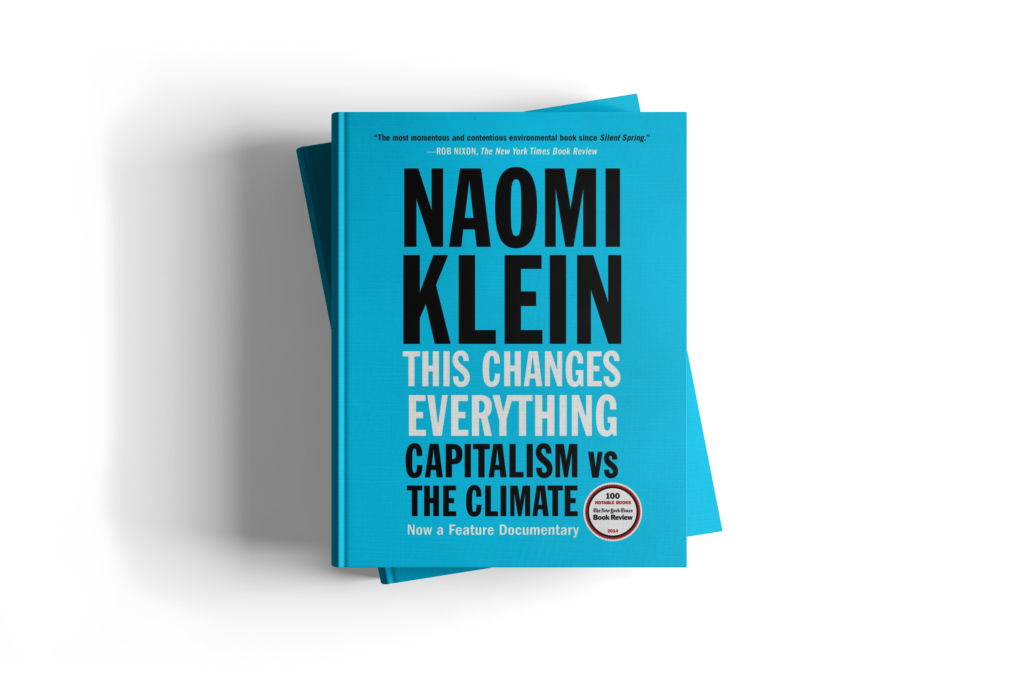
“The Sixth Extinction: An Unnatural History” by Elizabeth Kolber – A deep dive into the history of mass extinctions caused by human activities.
“The Sixth Extinction: An Unnatural History” by Elizabeth Kolbert is a groundbreaking exploration of the ongoing mass extinction event caused by human activities. In this thought-provoking book, Kolbert provides a comprehensive account of the various species that have faced extinction due to factors such as habitat destruction, pollution, and climate change.
Drawing on scientific research and firsthand reporting, Kolbert sheds light on the devastating consequences of human actions on the planet’s biodiversity.
Kolbert’s writing skillfully weaves together scientific findings, historical anecdotes, and personal observations, offering readers a vivid understanding of the interconnectedness of species and ecosystems. She emphasizes that the current extinction crisis is unique in that it is primarily driven by human influence, making it distinct from previous natural extinction events.
Through engaging narratives, Kolbert underscores the urgency of addressing the impacts of human activities on the delicate balance of life on Earth.
“The Sixth Extinction” serves as a wake-up call to the profound consequences of our actions on the planet’s ecosystems. Kolbert’s exploration of past and present extinctions challenges readers to confront the ethical and moral implications of our role in shaping the environment.
The book prompts reflection on the importance of conservation, highlighting the need for collective efforts to protect the planet’s biodiversity and prevent further loss of species.
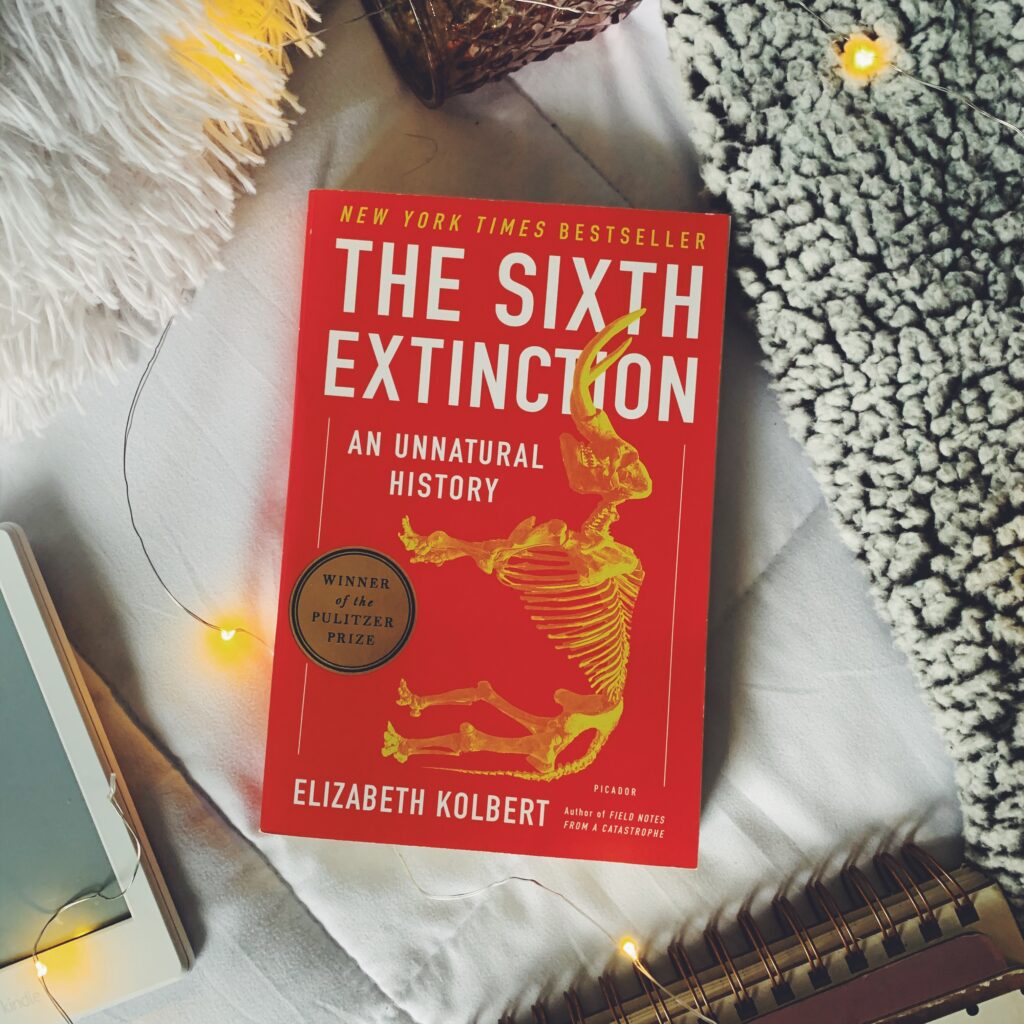
Explore these online resources:
Visit The Official Earth Day Network website to discover their ongoing efforts in tackling climate change, plastic pollution, and protecting endangered species. They also aim to educate and inspire the global environmental movement.
The Official Earth Day Network is a global organization dedicated to promoting environmental awareness and action. With a year-round focus, the network strives to address critical environmental challenges such as climate change, plastic pollution, and the protection of endangered species.
Earth Day Network’s efforts are not limited to a single day; they work tirelessly to inspire and mobilize individuals, communities, and policymakers to take meaningful steps toward a more sustainable and eco-friendly future.
The organization’s initiatives encompass a wide range of activities, including educational campaigns, community events, and advocacy efforts. Their work extends beyond Earth Day itself, with ongoing projects and campaigns aimed at raising awareness, fostering environmental education, and driving positive change on a global scale.
By engaging people of all ages and backgrounds, Earth Day Network encourages collective action to safeguard the planet’s natural resources and preserve the diversity of life on Earth.
Through collaborations, partnerships, and a strong online presence, the Official Earth Day Network empowers individuals to become environmental advocates and make a difference in their communities.
By offering resources, information, and opportunities for involvement, the network demonstrates that every small action can contribute to a more sustainable and resilient world.
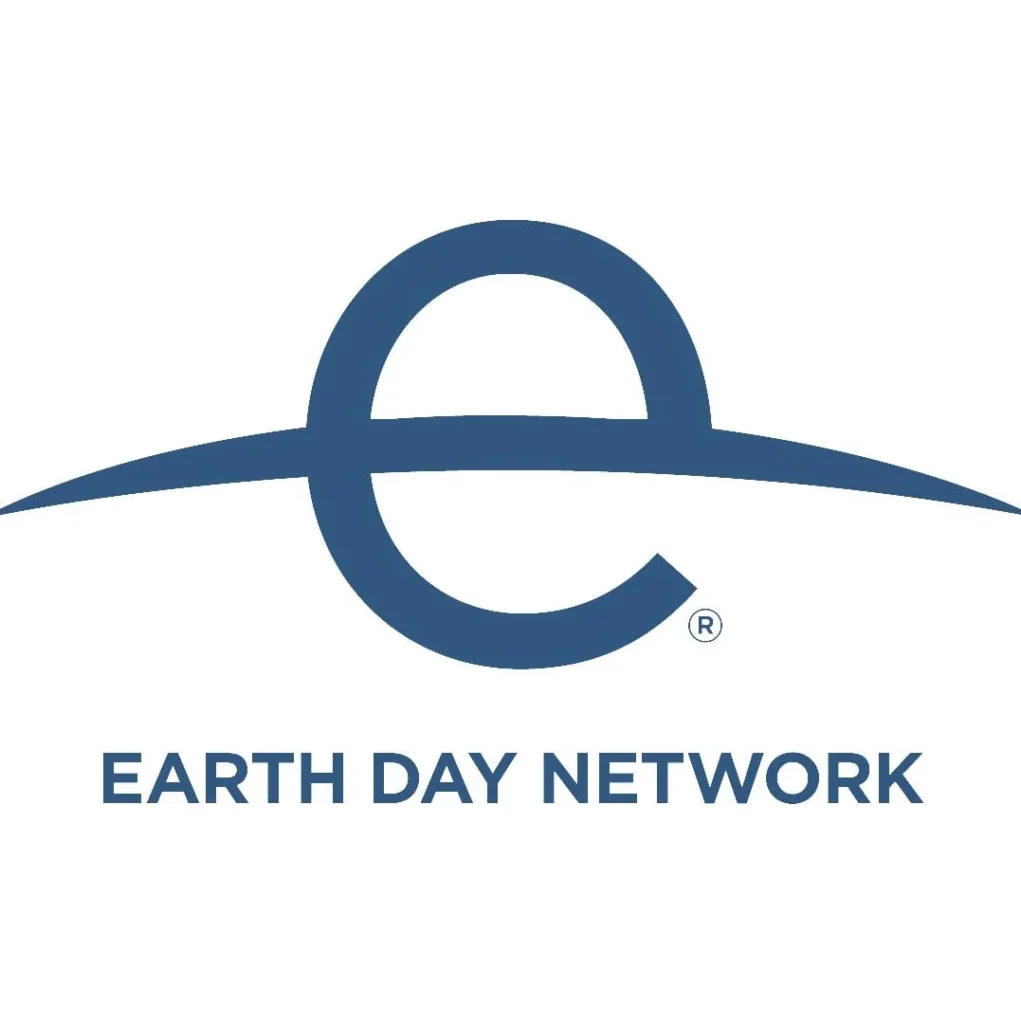
Check out the UN’s International Mother Earth Day resources for insights and information.
The UN’s International Mother Earth Day is an annual observance that highlights the importance of protecting the environment and promoting sustainable practices.
Celebrated on April 22nd, this day serves as a reminder of the interconnectedness between human well-being and the health of the planet.
The United Nations recognizes the vital role that Earth plays in sustaining life and emphasizes the need for collective action to address environmental challenges.
International Mother Earth Day provides a platform for raising awareness about environmental issues, such as climate change, pollution, and biodiversity loss.
The day encourages individuals, communities, and governments to reflect on their impact on the planet and take steps to reduce their carbon footprint. It also promotes education and initiatives aimed at fostering greater environmental consciousness and responsibility.
By recognizing the intrinsic link between humans and nature, the UN’s International Mother Earth Day underscores the importance of protecting the Earth’s ecosystems and resources for present and future generations.
It serves as a call to action, urging individuals and societies to work together to preserve the planet’s natural beauty and ensure its long-term sustainability.

Dive into History’s Earth Day 2023 website to learn about the origins and history of Earth Day.
Earth Day is an annual event celebrated on April 22nd to raise awareness about environmental issues and promote global efforts to protect the planet. It originated in 1970 when U.S. Senator Gaylord Nelson organized the first Earth Day as a way to bring attention to environmental concerns and advocate for environmental protection.
Since then, Earth Day has grown into a worldwide movement, with millions of people participating in various activities and events to demonstrate their commitment to the environment.
In 2019, Earth Day’s theme was “Protect Our Species,” focusing on the preservation of endangered animals and their habitats. This theme highlighted the critical need to address the alarming rate of species extinction caused by human activities.
Organizations, communities, and individuals around the world organized events, workshops, and campaigns to raise awareness about the importance of biodiversity and to advocate for measures to protect endangered species.
While specific details about Earth Day 2023 are not available in this context, it can be assumed that the observance continued to emphasize environmental awareness, sustainable practices, and the need for collective action to address pressing environmental challenges, including climate change, pollution, and habitat loss.
Earth Day serves as a reminder that each individual’s actions can contribute to a healthier and more sustainable planet.
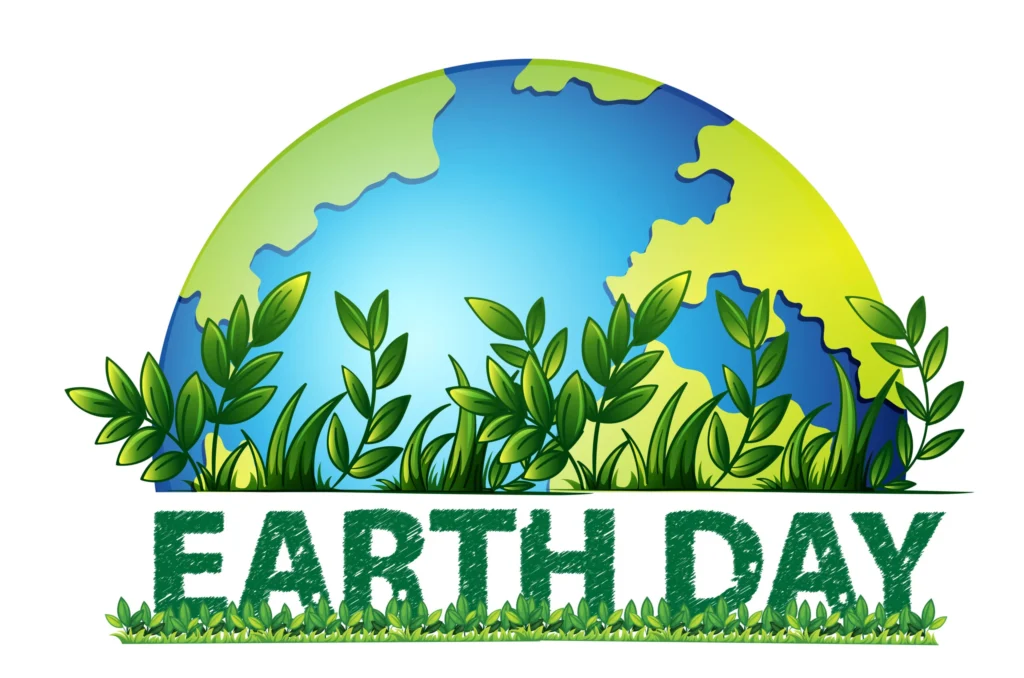
Here are some videos to watch:
“A Plastic Ocean” – This film, available on Netflix, sheds light on how plastics impact our oceans. It has been shown in many countries and languages.
“A Plastic Ocean” is a documentary film that sheds light on the devastating impact of plastic pollution on the world’s oceans. Released in 2016, the film explores the alarming consequences of plastic waste on marine life, ecosystems, and human health.
Through captivating visuals and compelling storytelling, “A Plastic Ocean” exposes the widespread contamination of the oceans with plastic debris and raises awareness about the urgent need to address this environmental crisis.
The film takes viewers on a journey across different parts of the world, uncovering the far-reaching effects of plastic pollution. It showcases the tragic stories of marine animals entangled in plastic or ingesting it, revealing the dire consequences for both aquatic life and the health of the oceans.
“A Plastic Ocean” also delves into the challenges of managing plastic waste, highlighting the inadequacies of current disposal and recycling practices.
The documentary not only exposes the severity of the plastic pollution problem but also inspires viewers to take action. It encourages individuals, communities, and governments to reconsider their plastic consumption and waste management practices.
“A Plastic Ocean” serves as a powerful call to arms, urging people to make more sustainable choices and contribute to the protection and preservation of our oceans and the delicate balance of marine ecosystems.
Earth Day Network offers videos on “Protect Our Species” and a collection of valuable resources.
The Earth Day Network provides a collection of videos centered around the theme “Protect Our Species.” These videos aim to raise awareness about the critical importance of preserving and safeguarding endangered species and their habitats.
The “Protect Our Species” campaign emphasizes the need to take action to prevent further loss of biodiversity and ensure the survival of diverse plant and animal species on Earth.
Through these videos, Earth Day Network educates viewers about the challenges facing endangered species, such as habitat destruction, pollution, & climate change. The videos showcase the beauty & diversity of the natural world highlighting the threats that many species face due to our activities.
Additionally, the videos may share stories of conservation efforts, success stories, and practical steps that individuals and communities can take to contribute to the protection of species.
By offering informative and engaging videos, Earth Day Network aims to inspire a sense of responsibility and stewardship toward the planet’s biodiversity.
The organization encourages viewers to become informed advocates for environmental conservation and to take meaningful actions to ensure the survival of species for future generations.
Watch Shaun Frankson’s Ted Talk titled “How to Save Earth with 5 minutes a day of responsible consumerism.”
In his TED Talk titled “How to Save Earth with 5 minutes a day of responsible consumerism,” Shaun Frankson discusses the power of individual actions in making a positive impact on the environment. Frankson emphasizes that even small changes in our daily choices and consumer behaviors can collectively contribute to a more sustainable future for the planet.
Through his talk, Frankson encourages listeners to adopt a mindset of responsible consumerism. He shares practical tips and ideas on how to make conscious decisions about what products to buy, how to reduce waste, and how to support businesses that prioritize sustainability.
Frankson highlights that these actions not only benefit the environment but also send a strong message to industries and policymakers about the demand for more eco-friendly practices.
By dedicating just five minutes a day to making mindful choices as consumers, Frankson suggests that individuals can contribute to a significant positive impact over time. His talk serves as a reminder that each person has the power to be a change agent in the fight against environmental degradation and climate change. Through responsible consumerism, Frankson believes that we can collectively shape a more sustainable and thriving future for the planet.

“Virunga” – A documentary produced by Leonardo DiCaprio, available on Netflix, focuses on Virunga National Park in the Democratic Republic of Congo.
“Virunga” is a documentary film produced by Leonardo DiCaprio that explores the challenges faced by conservationists and park rangers in the Virunga National Park, located in the Democratic Republic of Congo. The film sheds light on the efforts to protect the park’s wildlife, including the endangered mountain gorillas, while facing threats from armed conflict, illegal poaching, and corporate interests.
Released in 2014, “Virunga” takes viewers on a gripping journey through the stunning landscapes of the park and the struggles of those working to safeguard its natural treasures.
The film highlights the dedication and bravery of the park rangers who put their lives on the line to defend the park’s inhabitants and preserve its biodiversity.
The documentary delves into the complex web of challenges that Virunga National Park faces, including the intersection of conservation, politics, and economic interests. Through powerful storytelling and compelling visuals, “Virunga” raises awareness about the importance of protecting fragile ecosystems and wildlife, as well as the ongoing need for global support and sustainable solutions to ensure the survival of the park and its inhabitants.
Here are some educational resources:
Check out Ted-Ed Blog’s 5 Ted-Ed Lessons to Watch on Earth Day. These kid-friendly videos cover topics like solar panels and biodiversity.
The Ted-Ed Blog offers a curated list of 5 Ted-Ed lessons that are perfect to watch on Earth Day. These lessons are designed to educate and inspire viewers about various environmental topics and the importance of taking care of our planet. Here are the featured lessons:
- “The effects of climate change” – This lesson explains the science behind climate change, its impacts on the planet, and the actions we can take to mitigate its effects.
- “The threat of invasive species” – Learn about the harmful effects of invasive species on ecosystems and how they can disrupt natural balances.
- “The benefits of a bilingual brain” – Discover the connection between language diversity and biodiversity and how learning multiple languages can contribute to both.
- “The unexpected math behind Van Gogh’s ‘Starry Night‘” – Explore the mathematical patterns hidden within famous works of art and how they mirror natural phenomena.
- “The case of the disappearing honeybees” – Understand the vital role honeybees play in pollinating crops and the factors contributing to their decline.
These Ted-Ed lessons offer engaging and informative content that aligns with Earth Day’s focus on environmental awareness and sustainability. Watching these lessons can help viewers gain insights into the world around them and inspire them to make positive changes for the planet.
The National Education Association (NEA) offers Earth Day Curriculum Resources for students in grades K-12.
The National Education Association (NEA) offers a range of Earth Day curriculum resources specifically designed for students in grades K-12. These resources are designed to engage students in learning about environmental issues and promoting a deeper understanding of the importance of sustainability. Here’s what you can find in NEA’s Earth Day Curriculum Resources:
Lesson Plans: NEA provides comprehensive lesson plans that cover various environmental topics, such as climate change, recycling, biodiversity, and more. These lesson plans are designed to be interactive and engaging, catering to different grade levels and learning styles.
Classroom Activities: The curriculum resources include hands-on activities, discussions, and projects that encourage students to think critically about environmental challenges and solutions. These activities promote active learning and foster a sense of environmental responsibility.
Multimedia and Visuals: NEA offers a collection of multimedia resources, including videos, images, and interactive tools, to enhance students’ understanding of complex environmental concepts.
Student Engagement: The curriculum resources aim to empower students to take action for a more sustainable future. They encourage students to explore real-world environmental issues, participate in community initiatives, and express their ideas through creative projects.
Resources for Educators: NEA also provides guidance and support for educators to effectively integrate these materials into their teaching plans, ensuring that students receive a well-rounded and impactful learning experience.
Overall, NEA’s Earth Day Curriculum Resources provide educators with valuable tools to educate and inspire students about environmental conservation and sustainable practices from an early age.
Explore Scholastic’s Celebrate Earth Day Collection for educational materials and activities related to Earth Day.
Scholastic’s Celebrate Earth Day Collection is a treasure trove of educational resources and activities that educators can utilize to engage students in learning about the significance of Earth Day. This comprehensive collection offers a variety of materials tailored to different grade levels, making it accessible and relevant for students of all ages. The collection includes lesson plans, reading materials, printables, interactive activities, and more, all centered around environmental themes.
Educators can dive into ready-to-use lesson plans that cover a spectrum of Earth Day topics, fostering classroom discussions and hands-on learning experiences. These resources align with educational standards and provide educators with structured guidance to engage students effectively. Scholastic’s reading materials encompass a range of subjects, from recycling to pollution, encouraging students to delve deeper into environmental issues and sparking their curiosity.
The collection’s interactive activities, including games and quizzes, make learning enjoyable and engaging, while project ideas empower students to take proactive steps toward caring for the environment. With teacher resources and guidance provided, educators can seamlessly integrate these materials into their curriculum and classroom activities. Overall, Scholastic’s Celebrate Earth Day Collection equips educators with an array of tools to inspire students, fostering a greater understanding of the environment and instilling a sense of responsibility for the planet’s well-being.
Get involved through volunteering:
Look ahead to Earth Day 2020, the 50th Anniversary.
The Earth Day Network and partners seek volunteers for tree planting, cleanup efforts, and raising environmental awareness. Join in major events and initiatives leading up to the day.
Earth Day 2020 marked a significant milestone as it celebrated its 50th anniversary, a momentous occasion that highlighted five decades of global environmental awareness and action. The Earth Day Network and its partners rallied people from all corners of the world to come together and address pressing environmental challenges, emphasizing the need for urgent and collective action.
The 50th Anniversary of Earth Day in 2020 inspired a range of impactful initiatives, events, and campaigns aimed at addressing critical environmental issues such as climate change, biodiversity loss, and pollution. Organizations and individuals alike seized the opportunity to contribute to a cleaner, greener future by planting trees, participating in clean-up activities, and advocating for sustainable practices.
Leading up to Earth Day 2020, major events and initiatives were organized to raise awareness about environmental issues and encourage individuals to be part of the solution. The Earth Day Network’s call to action resonated worldwide, mobilizing communities to participate in a variety of projects that focused on conservation, education, and promoting sustainable living.
Earth Day 2020’s 50th anniversary symbolized a collective commitment to safeguarding our planet for future generations. It underscored the power of global collaboration and the significance of individual actions in creating a more sustainable and environmentally-conscious world.
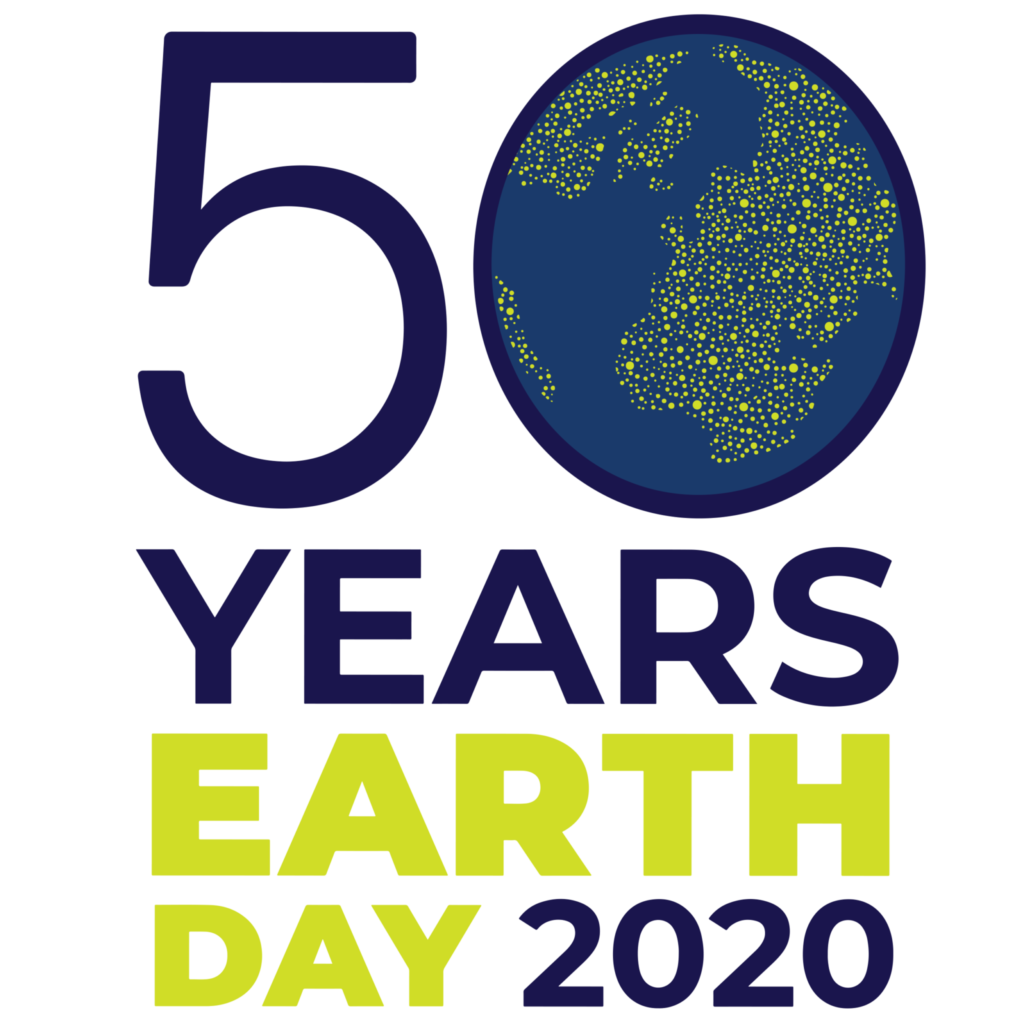
Explore volunteer opportunities with The Nature Conservancy to contribute to environmental conservation efforts.
Volunteering with The Nature Conservancy offers a rewarding opportunity to actively contribute to environmental conservation efforts and make a positive impact on our planet. The Nature Conservancy is a renowned organization dedicated to protecting and preserving natural lands, water resources, and biodiversity.
By participating in their volunteer programs, you can play a crucial role in supporting their mission and promoting a healthier, more sustainable environment.
The Nature Conservancy provides a range of volunteer opportunities tailored to different interests and skill sets. Whether you’re passionate about conservation, habitat restoration, wildlife protection, or environmental education, there’s a role for you to get involved.
Volunteers can engage in activities such as planting trees, restoring natural habitats, conducting research, leading educational programs, and participating in community outreach initiatives.
By volunteering with The Nature Conservancy, you’ll not only have the chance to connect with like-minded individuals who share your commitment to the environment but also gain valuable insights into conservation practices and the importance of preserving our natural resources.
Your efforts will contribute to the organization’s ongoing projects aimed at protecting ecosystems, combating climate change, and ensuring a healthier future for generations to come.
To explore volunteer opportunities with The Nature Conservancy, visit their official website or get in touch with your local chapter to learn about upcoming projects and events in your area. Your dedication and participation will play a vital role in making a lasting difference for our planet.

Volunteer with The National Wildlife Federation for tasks like habitat restoration and educational events.
Volunteering with The National Wildlife Federation offers a fantastic chance to make a meaningful contribution to environmental conservation and connect with nature. This esteemed organization is dedicated to protecting wildlife, promoting habitat restoration, and raising awareness about the importance of preserving our natural world. By becoming a volunteer, you can actively participate in tasks that support these goals and help create a better environment for both wildlife and people.
The National Wildlife Federation provides diverse volunteer opportunities that cater to various interests and abilities. From participating in habitat restoration projects to engaging in educational events and community outreach initiatives, you can choose roles that resonate with your passions and skills. Habitat restoration involves activities like planting native species, maintaining ecosystems, and enhancing wildlife habitats to ensure a sustainable environment for local species.
Volunteering with The National Wildlife Federation not only allows you to make a positive impact on the environment but also provides valuable learning experiences. You’ll have the chance to collaborate with like-minded individuals, acquire new knowledge about wildlife and conservation practices, and contribute to meaningful projects that benefit your community and beyond.
To get involved, visit The National Wildlife Federation’s website or reach out to their local chapters to learn about upcoming volunteer opportunities and how you can become a part of their efforts. Your dedication to habitat restoration, educational events, and other initiatives will play a crucial role in safeguarding wildlife and promoting a healthier planet for everyone.
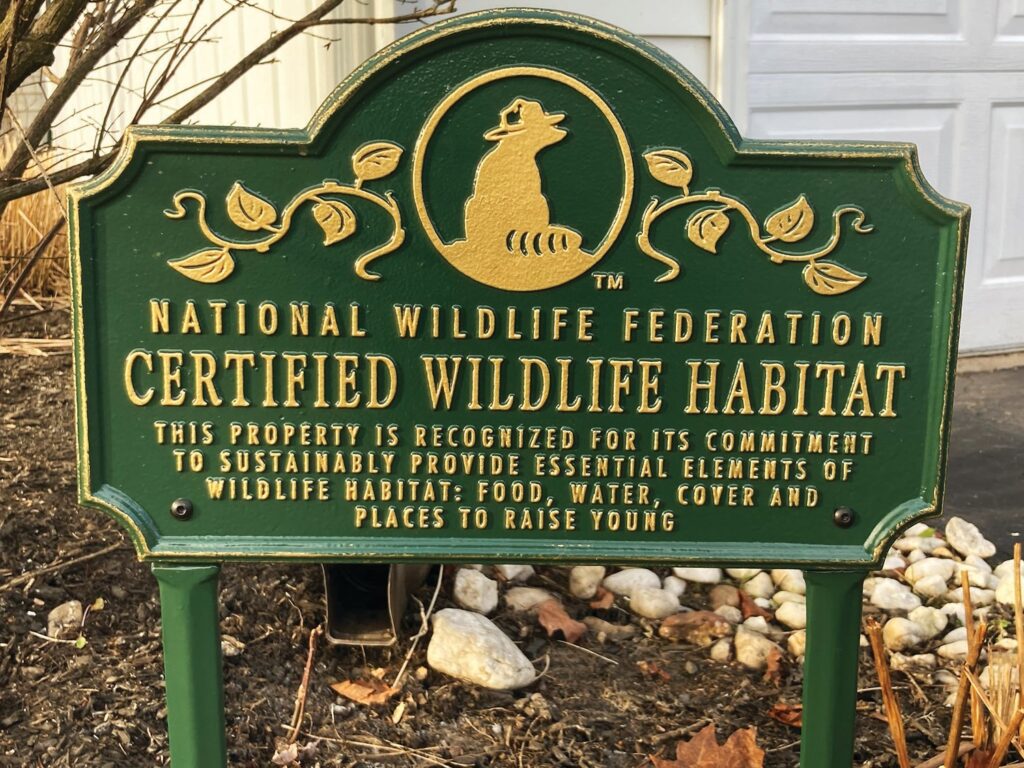
In NYC, consider lending a hand in local parks with the NYC Department of Parks and Recreation.
If you’re in New York City, lending a hand in local parks with the NYC Department of Parks and Recreation is a fantastic way to contribute to your community and support the environment. The NYC Parks Department is responsible for maintaining and enhancing the city’s parks, green spaces, and recreational areas.
By volunteering, you can actively participate in activities that improve the quality of these public spaces and make a positive impact on the city’s residents and visitors.
Volunteering with the NYC Parks Department can involve a wide range of tasks, including park clean-ups, tree planting, garden maintenance, and organizing community events. These efforts contribute to creating clean, beautiful, and inviting outdoor spaces where people can enjoy nature, relax, and engage in recreational activities.
By lending a hand in local parks, you’ll not only help beautify your surroundings but also foster a sense of community pride and unity. Volunteering can also offer opportunities to learn more about urban conservation, landscaping, and sustainable practices, all while connecting with fellow New Yorkers who share your passion for enhancing public spaces.
To learn more about volunteer opportunities with the NYC Department of Parks and Recreation, visit their official website or get in touch with local park offices. Your involvement will play a vital role in making NYC’s parks more vibrant and welcoming for everyone to enjoy.
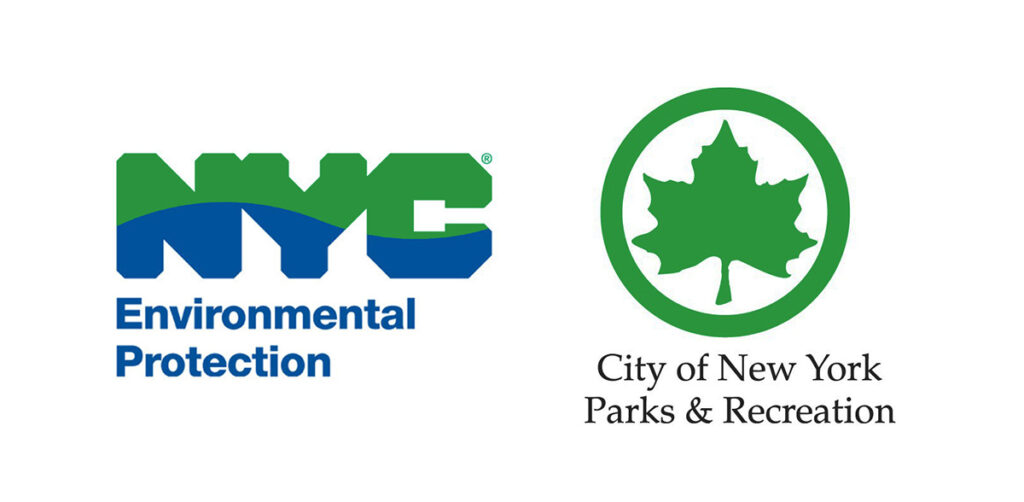
Never miss any important news. Subscribe to our newsletter.
Related News


British Investor Who Predicted US Slump Warns of Next Crash

I’m a Death Doula: 4 Reasons I Believe Death Isn’t the End

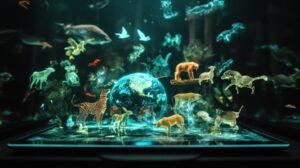
Tech to Reverse Climate Change & Revive Extinct Species

AI Unlocks the Brain’s Intelligence Pathways

XPENG Unveils Iron Robot with 60 Human-like Joints

Can AI Outsmart Humanity?

11 ChatGPT Prompts to Boost Your Personal Brand

Keir Starmer Hints at Possible Tax Hikes on Asset Income

Navigating the Future of AI: Insights from Eric Schmidt
